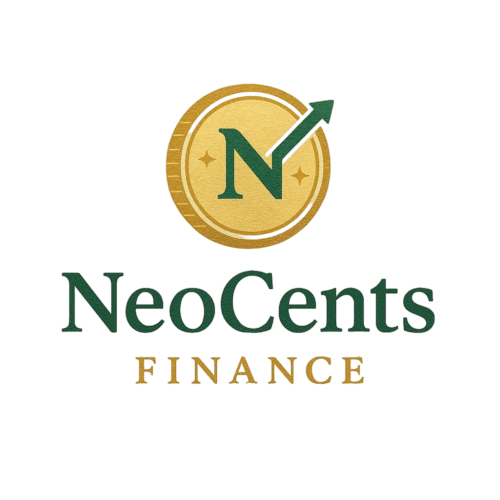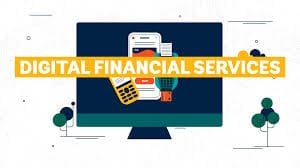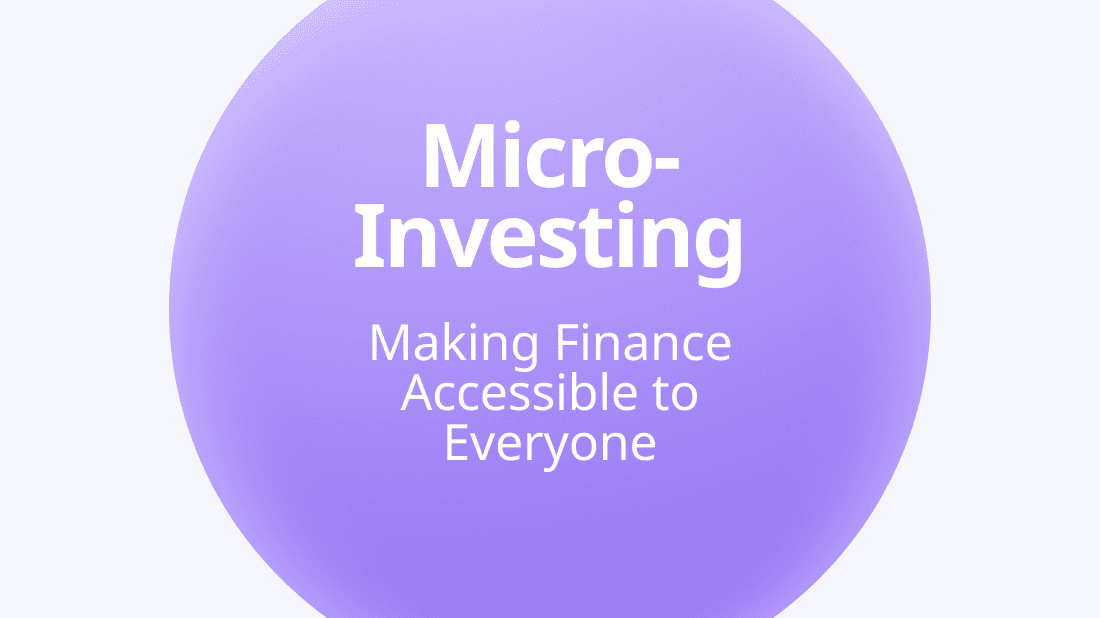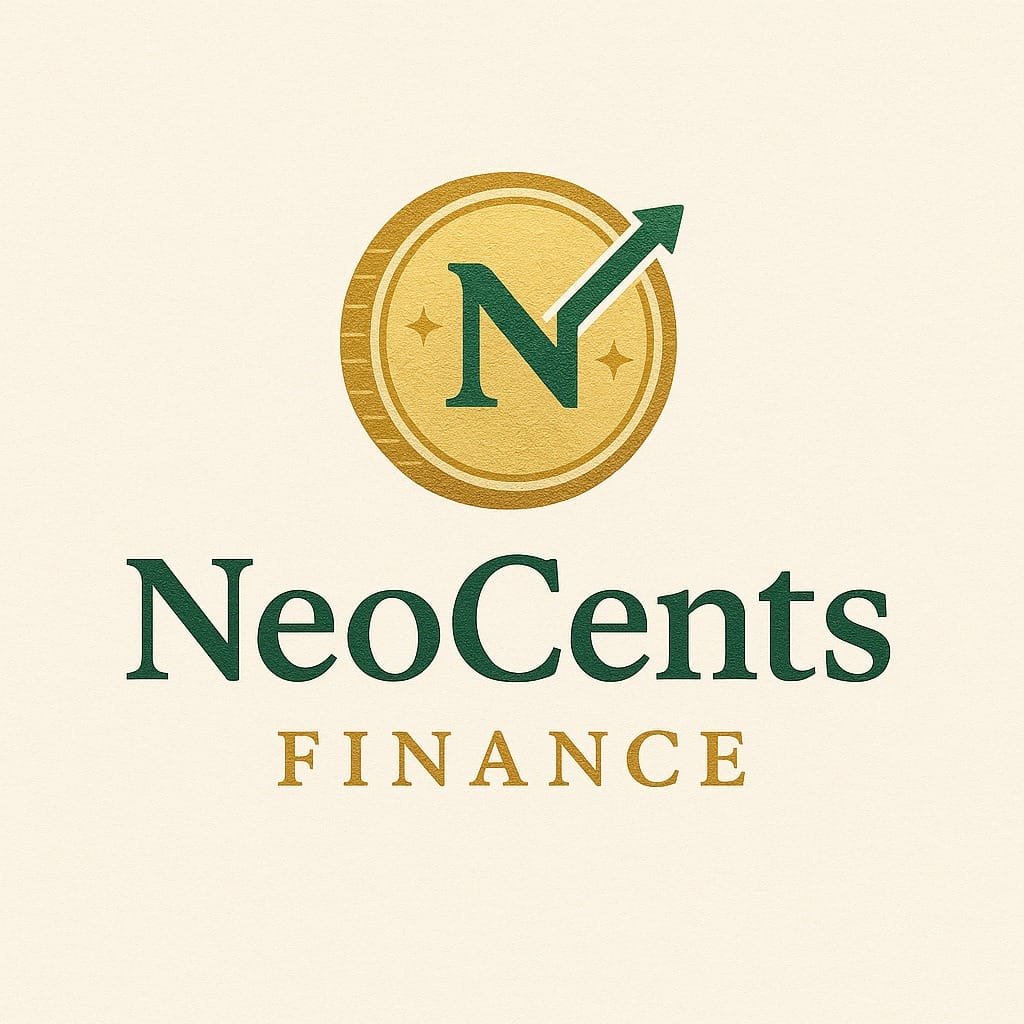Why Payments, Lending, and Insurance Are No Longer Just Financial Services, They’re Now Built Right Into Your Checkout Flow
Picture this: You’re buying sneakers from an online store. You don’t just pay with a credit card—you split the payment over six weeks using Buy Now Pay Later (BNPL), insure your purchase in one click, and even access instant credit to buy more items.
You didn’t leave the site. You didn’t open a banking app. You didn’t even realize you just interacted with multiple financial services.
That’s embedded finance in action.
In 2025, e-commerce isn’t just about products anymore, it’s about integrating financial experiences directly into platforms. From Amazon to Shopify to local Nigerian and American retailers, embedded finance is no longer a “nice-to-have” but a competitive edge.
In this deep dive, we’ll explore:
- What embedded finance means
- 2025 trends and use cases in e-commerce
- Key market data and growth projections
- Case studies from Stripe, Flutterwave, Amazon, and others
- How to embed finance (even if you’re not a fintech)
- Monetization strategies and risks to watch
What Is Embedded Finance?
Embedded finance is the seamless integration of financial services into non-financial platforms, such as e-commerce sites, SaaS tools, marketplaces, and apps.
Instead of sending customers to a bank or separate app, businesses now embed:
- Payments
- Lending / BNPL
- Bank accounts/wallets
- Insurance
- Investment tools
In e-commerce, this means offering things like one-click payments, installment options, real-time loans, or product insurance, all without ever leaving the shopping experience.
Why It Matters in 2025 (Market Insight)
Key Stats:
- The global embedded finance market is expected to reach $608 billion by 2025, according to Dealroom and Bain Capital Ventures.
- E-commerce will drive 35% of this, making it the most fertile ground for innovation.
- A 2024 Deloitte report showed 57% of online shoppers said they prefer stores that offer flexible financial options at checkout.
In short, if you’re in e-commerce and you’re not embedding finance, you’re leaving money and loyalty on the table.
Embedded Finance Use Cases in E-commerce
1. Buy Now Pay Later (BNPL)
BNPL lets customers split payments without traditional credit cards.
Platforms Using It:
- Amazon Pay Later
- Shopify + Affirm
- Flutterwave + Klump (Africa)
Why It Works:
- Higher average order value (AOV)
- Lower cart abandonment
- Attracts younger, credit-averse consumers
2. Embedded Payments
This goes beyond “Pay with Card.” It’s about:
- One-click checkout (like Amazon’s)
- Digital wallets (Apple Pay, Google Pay, Cash App Pay)
- In-app payments that feel frictionless
Example: Shopify’s Shop Pay increases conversion rates by up to 91% compared to regular checkout, according to Shopify 2023 data.
3. Instant Lending / Credit Lines
Platforms now offer microloans or embedded credit via APIs:
- Stripe Capital
- Square Loans
- PayPal Working Capital
These tools assess a seller’s or buyer’s data and offer real-time funding, all within the platform.
4. Embedded Insurance
Imagine buying a laptop on Amazon and insuring it with a single checkbox.
Embedded insurance lets you do just that, offering:
- Shipping insurance
- Product protection
- Returns coverage
Players: Cover Genius, Lemonade, and Zego (Europe)
5. Embedded Accounts / Wallets
Wallets let customers store value, use rewards, or pay faster later.
- Amazon Balance
- Aliexpress Wallet
- Flutterwave Store Wallet
- Facebook Pay / Meta Pay
Retailers can now hold value in-house, boosting loyalty and lowering fees.
Case Studies – Embedded Finance in the Wild
Case Study 1: Amazon + Affirm
Amazon integrated Affirm to allow U.S. customers to split payments for purchases over $50.
Results:
- Improved conversion rates on high-ticket items
- Expanded customer base among Gen Z and Millennials
- Increased repeat purchases from BNPL users
Case Study 2: Flutterwave + Africa’s Local BNPL
Flutterwave partners with local fintechs like Klump and Payfi to offer BNPL across African e-commerce.
Why it works:
- Targets the underbanked
- Builds trust via known fintech brands
- Taps into Nigeria’s booming Gen Z online shopping scene
Case Study 3: Shopify Capital
Shopify offers small businesses up to $2 million in funding, repayable through a percentage of their daily sales.
Impact:
- Seamless onboarding (no bank required)
- 82% approval rate for repeat merchants
- Reduces dependency on traditional loans
How E-commerce Businesses Can Embed Finance
Step 1: Choose Your Use Case
Ask: What problem are your customers facing?
- Cart abandonment? – Add BNPL
- Payment friction? – One-click checkout
- Risk aversion? – Offer insurance
- Business liquidity? – Enable seller financing
Step 2: Pick the Right Partner
You don’t have to build from scratch. Plug into fintech APIs:
| Use Case | Example API Providers |
| Payments | Stripe, Paystack, Flutterwave |
| BNPL | Affirm, Klarna, Klump |
| Lending | Stripe Capital, Square |
| Insurance | Cover Genius, Boost |
| Wallets | Unit, Galileo, Flutterwave Store |
Step 3: Prioritize UX
Your embedded finance tools must feel invisible.
Bad UX = lost trust = failed adoption.
Tips:
- Keep it inside your checkout flow
- Be transparent about fees and interest
- Use embedded prompts, not popups
Step 4: Track the Right Metrics
Metrics to monitor:
- Conversion rate changes post-integration
- Average Order Value (AOV) increase
- Time-on-site
- Finance tool usage by cohort
- Customer lifetime value (CLV)
Monetization Strategies
Yes, embedded finance is a revenue stream.
Here’s how you earn:
1. Revenue Share
Fintech providers often pay a cut (e.g., 2–5%) of each BNPL transaction.
2. Subscription Models
Offer access to advanced financial tools for sellers or premium buyers.
3. Float Revenue
Earn interest on held funds in wallets (if licensed or via banking partner).
4. Loyalty Loops
Keep users in your ecosystem longer, boosting CLV and reducing acquisition cost.
Challenges and Risks to Watch in 2025
Compliance & Regulation
- BNPL is under scrutiny in the U.S. and EU for transparency and user debt risk.
- Embedded lending may soon require disclosures similar to traditional loans.
Solution: Work with compliant providers. Stay ahead of local fintech regulations.
User Trust & Transparency
A bad experience with one financial tool can ruin your brand trust.
Solution: Provide clear terms, responsive support, and opt-out options.
Integration Complexity
Multiple APIs = technical debt = higher maintenance cost.
Solution: Use fintech orchestration platforms or middleware layers (like Treasury Prime, Bond, or Moov).
Embedded Finance = Embedded Growth
In 2025, the e-commerce platforms that win won’t be the ones with the fanciest logos, they’ll be the ones that turn transactions into experiences, and purchases into relationships.
Embedded finance does just that. It:
- Boosts customer loyalty
- Increases order value
- Differentiates your brand
- Unlocks new revenue
- Creates stickiness for users and sellers
And it’s no longer a “maybe,” it’s a must.
So whether you’re running a Shopify store, building a two-sided marketplace, or launching a new B2B SaaS tool. Embedding finance could be your unfair advantage.








